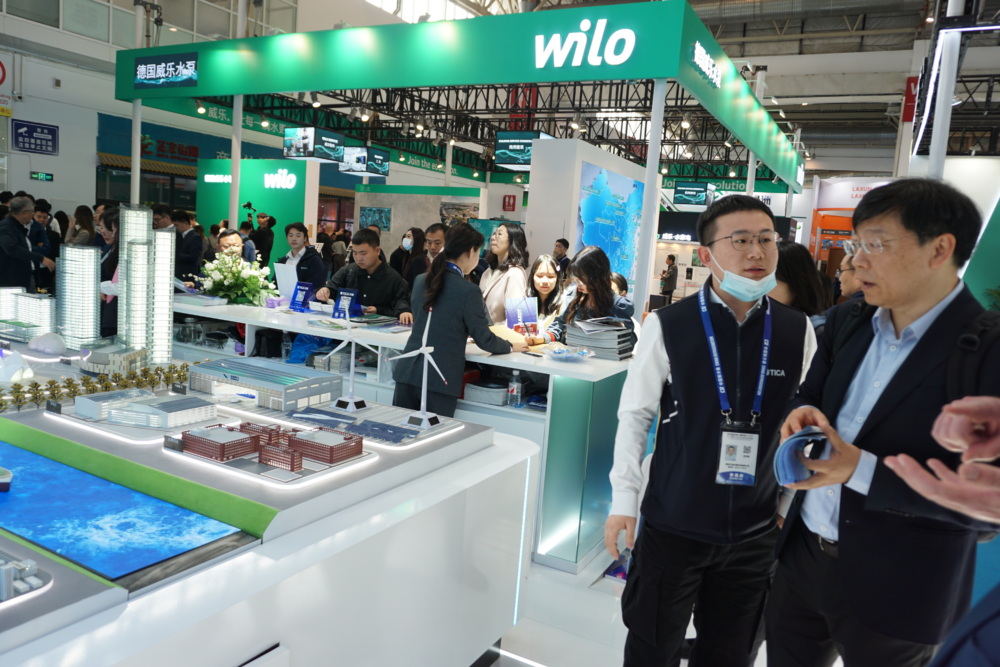International Day of Light – How to Select the Best LED Bulb
Improving people’s access to affordable, clean, lighting lowers energy costs, improves safety, and increases productivity. CLASP efficiency experts share their tips on choosing the best LED bulb for homes and businesses.
Access to reliable, efficient lighting creates a better, brighter future for communities as learning, work, sport, and quality time together is not limited by the sun’s schedule. The universal need for quality, affordable lighting parallels the global market’s rapid transition to all light emitting diode (LED) lightbulbs. Today CLASP marks International Day of Light, by having our efficiency experts provide tips to select the best LED for your home or place of work.
1. Prioritize efficiency
LEDs are the most efficient lighting technology available – 40% more efficient than fluorescent lamps. Efficiency is measured in lumen per watt (lm/W), or amount of light per amount of electricity used. The more light the bulb can produce per watt, the more efficient the LED.
For the biggest cost savings and positive environmental impact, prioritize bulbs with an efficiency of 90 lm/W or above. To see how a particular LED’s efficiency stacks up to the market, look for a national energy label on the package.
2. Consider cost-effectiveness and lifespan
Higher efficiency means lower operating costs over the lifetime of the lamp – so a higher price for an efficient bulb is offset by the money saved over the LED’s use. CLASP’s research indicates that the payback period for LEDs (i.e., when the energy bill savings outweigh the upfront purchase cost of the bulb) is often only a few months, and in some cases it is instantaneous.
LEDs have a long lifespan – up to 2-3 times longer than fluorescent options. By investing in higher quality LEDs for your home or work, you can reduce the number of replacements bulbs needed in the future.
3. Select the right LED to replace obsolete lighting
Making the transition to LEDs from obsolete lighting technologies like fluorescents or incandescent should be smooth – an LED drop-in replacement that fits into your existing socket is available for the vast majority of uses. In the rare case a drop-in LED will not work for you, talk to your local electrician – there are simple, inexpensive solutions on hand.
4. Pick your favorite color
LED lightbulbs come in a wide array of color temperatures, hues, and brightness levels. Look for details on the packaging about the lamp’s aesthetic to pick the best option for your home or work. An added bonus in some markets: unlike their fluorescent counterparts, many LEDs now can change colors and sync to your WiFi system for control via your smartphone.









